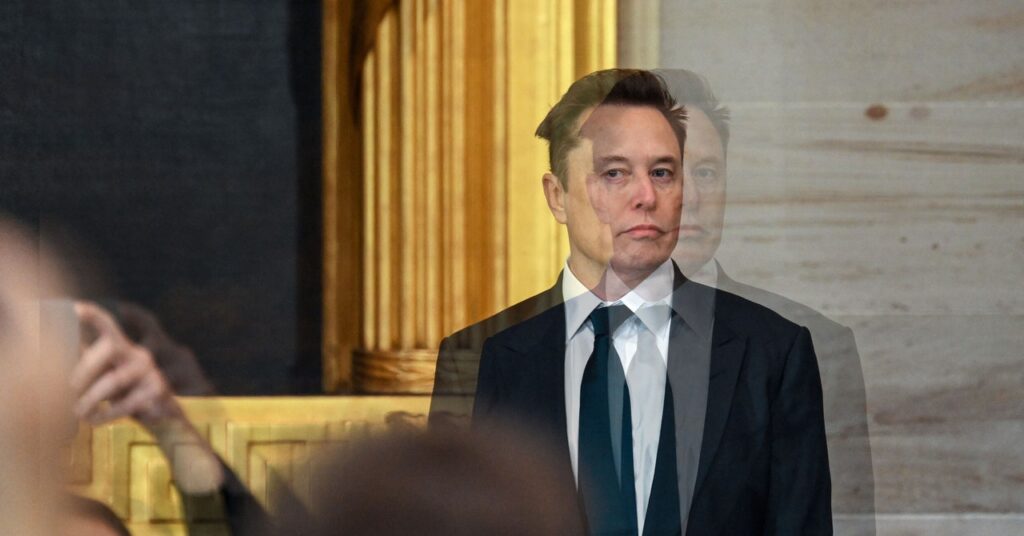GSA’s Bold New AI-First Strategy: A Glimpse into the Future of Government Tech
In an exciting development for tech enthusiasts and government employees alike, Thomas Shedd, the newly appointed director of Technology Transformation Services (TTS) and known associate of Elon Musk, recently shared his ambitious vision for the General Services Administration (GSA). During a Monday morning meeting, he introduced an “AI-first strategy” designed to revolutionize how the agency operates, drawing inspiration from the innovative mindset of startup software companies.
A Startup Mentality in Government
Shedd aims to create a more agile, tech-savvy environment at the GSA by automating internal tasks and centralizing data across federal agencies. This shift comes at a time when many of Musk’s associates have transitioned to high-ranking positions within the GSA and the Office of Personnel Management (OPM). With many employees caught off guard by sudden meetings where their work was scrutinized by unfamiliar young engineers, uncertainty hangs heavily in the air regarding the future direction of the agency’s tech strategy.
Harnessing AI for a Smarter Future
Throughout the meeting, Shedd articulated his commitment to integrating artificial intelligence across the federal landscape. He outlined specific projects being prioritized by GSA’s acting administrator, Stephen Ehikian, including the potential development of “AI coding agents” intended for use across various government entities. “Much of our work, particularly in finance, could and should be automated,” Shedd noted, signaling a bold shift towards increased efficiency.
However, this transition has raised eyebrows among cybersecurity experts. One anonymous specialist expressed concerns, stating, "Automating the government isn’t the same as self-driving cars. There’s a complexity that non-experts may underestimate." This feedback underscores the challenges ahead as the GSA embarks on rolling out its tech initiatives.
The Data Dilemma
In his vision, Shedd urged employees to regard TTS as a struggling startup that requires a centralized data repository. However, he faced pointed questions about privacy law compliance and the proposed location for this repository, which he acknowledged as “roadblocks” in pushing forward with ambitious projects.
Moreover, he linked TTS closely with the United States Digital Services—now dubbed the United States DOGE Service in a nod to past branding changes—emphasizing their roles as intertwined “pillars” of the upcoming technological strategy, despite clarifying that no formal merger was planned.
Staff Uncertainty and Future Workforce
As this revolutionary direction unfolds, many GSA staff are grappling with questions about job security and the potential for workforce reductions. When asked about any likelihood of staff cuts, Shedd hinted that changes were probable but provided little clarity. He also faced inquiries regarding workload expectations, with one employee asking if they would need to work beyond a standard 40-hour week to meet the growing demands.
Moving Forward Together
Despite the uncertainty, Shedd remains optimistic about the potential for innovation at the GSA. As he encourages employees to embrace this new tech-forward mindset, it’s clear that the transformation is set to redefine how government bodies operate.
For those intrigued by the confluence of technology, governance, and the potential this shift holds, it will be fascinating to see how these developments play out. As the GSA embarks on this uncharted journey into AI, the implications for federal agencies—and how they serve the public—could be significant.
The AI Buzz Hub team is excited to see where these breakthroughs take us. Want to stay in the loop on all things AI? Subscribe to our newsletter or share this article with your fellow enthusiasts.




